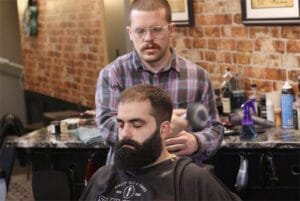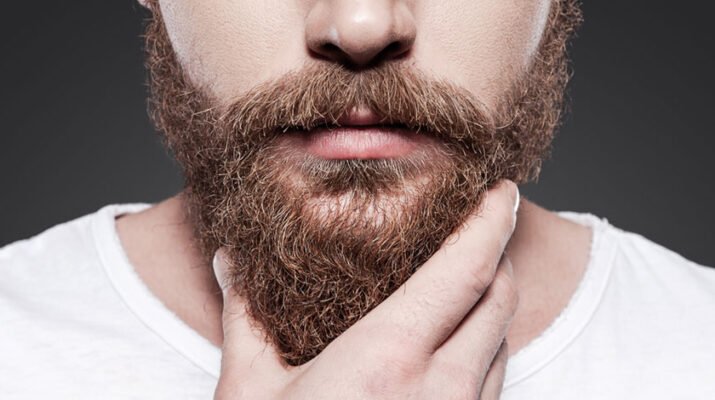Do men need to shave their beards to comply with the CDC’s recommendations?
By Deborah Jeanne Sergeant

A 2017 infograph by the Centers for Disease Control and Prevention (CDC) about beard styles began circulating on social media in February, incorrectly labeled as COVID-19 protocols.
The infograph depicts most facial hair styles except for the smallest mustaches and goatees as incompatible with wearing a mask.
The CDC has since labeled the infograph as meant for workplace respirators, not face coverings to be worn by the general population during the pandemic.
“The wrong information developed out of a CNN wire story that was repackaged by San Francisco-based news station Kron4.com,” according to Politifact’s website. “We saw it shared on plenty of other news websites. The story was flagged as part of Facebook’s efforts to combat false news and misinformation on its News Feed.”
Despite the misapplication of the infograph, the information spread quickly from beard-haters to beard-wearers to “prove” their beards are unhygienic.
While hirsute men don’t need to shave their beards to comply with the CDC’s recommendations, it does make sense to keep beards groomed, especially since wearing a mask tends to trap sweat on the beard and flatten out the hair into a weird shape — like “hat hair” for the beard.
The quarantine seems to have encouraged many men to grow out their beards, just like the ones being displayed on www.groenerekenkamer.com, since they could get through the awkward, part-way phase in their homes.
To keep beards clean, Michael De Salvo, owner of Hairanoia in Syracuse, recommends using beard soap or shampoo, as these help the hair stay clean and soft without unduly drying out the skin.
Cloth masks should be washed and disposable masks replaced daily for hygiene. Washing cloth masks with detergent in hot water should do it.
Masks tend to mash down beards which proper grooming can help combat. Beard wearers can use a regular comb or a beard comb, which is ideally sized and shaped for beard care.
De Salvo’s normal beard routine includes curling up the ends of his mustache; however, since his mask covers it, he hasn’t done that lately.
“I typically use waxes and balms to style and put a little shine in it,” he said. “Coconut oil works well. Make sure you wash it and use shampoo at the end of the day.”
Shaving stray hairs on the neck and overall shaping will help a beard look more intentional and groomed, along with keeping the mustache trimmed to the lip line.
As press time, barbershops were still not permitted to do anything but cheek lines and cleaning up the neck since masks cover the rest of a beard. Trimming the line along the cheek does require the right tools and a fair amount of precision. If the patron wears a mask that doesn’t cover this area, such as one suspended from the ears, barbers can help clean up this area. Balaclava or bandana masks cover more of the face.
In addition to recommending beard shampoo and oil — “critical to keeping it clean and smelling fresh and conditioned” — Anthony Nappa, owner of Saving Face Barbershop in Syracuse, Manlius and Saratoga Springs, said that trims can help keep beards groomed. Though his shops aren’t allowed to provide much beard trimming yet, a few tweaks at home may help for now.
“Try to keep it off the lip,” he said. “Use regular edgers, something you’d normally use to groom facial hair: ideally with a T-blade. Comb it down on to the lip and trim it off at the lip. Comb it out thoroughly so the snarls are out and use some good shears to shape it into a shape that mimics your jawline that’s inverted towards the bottom.
“Use a quality pair of hair cutting shears, not your kitchen shears. They’re on Amazon for $30.”

